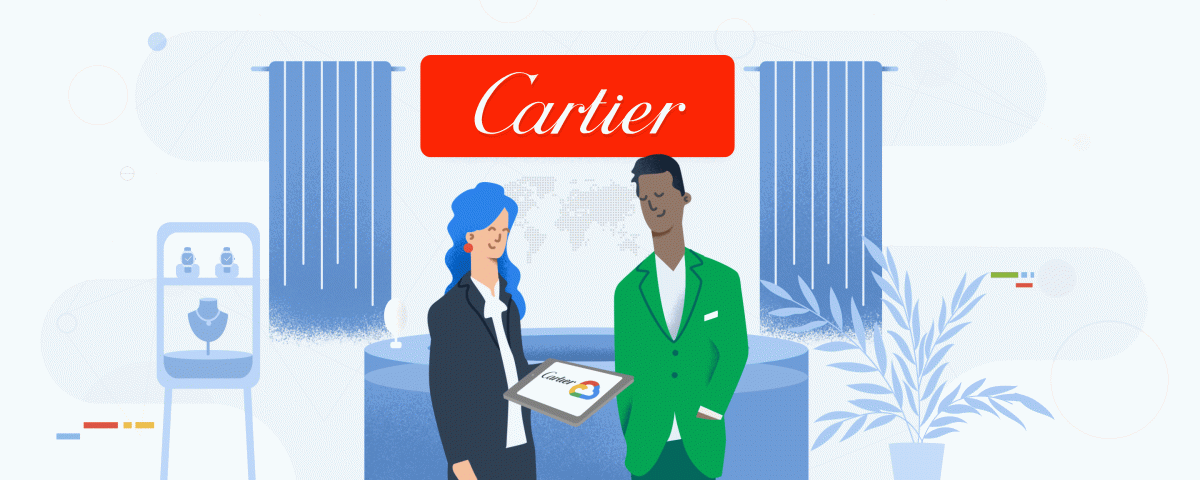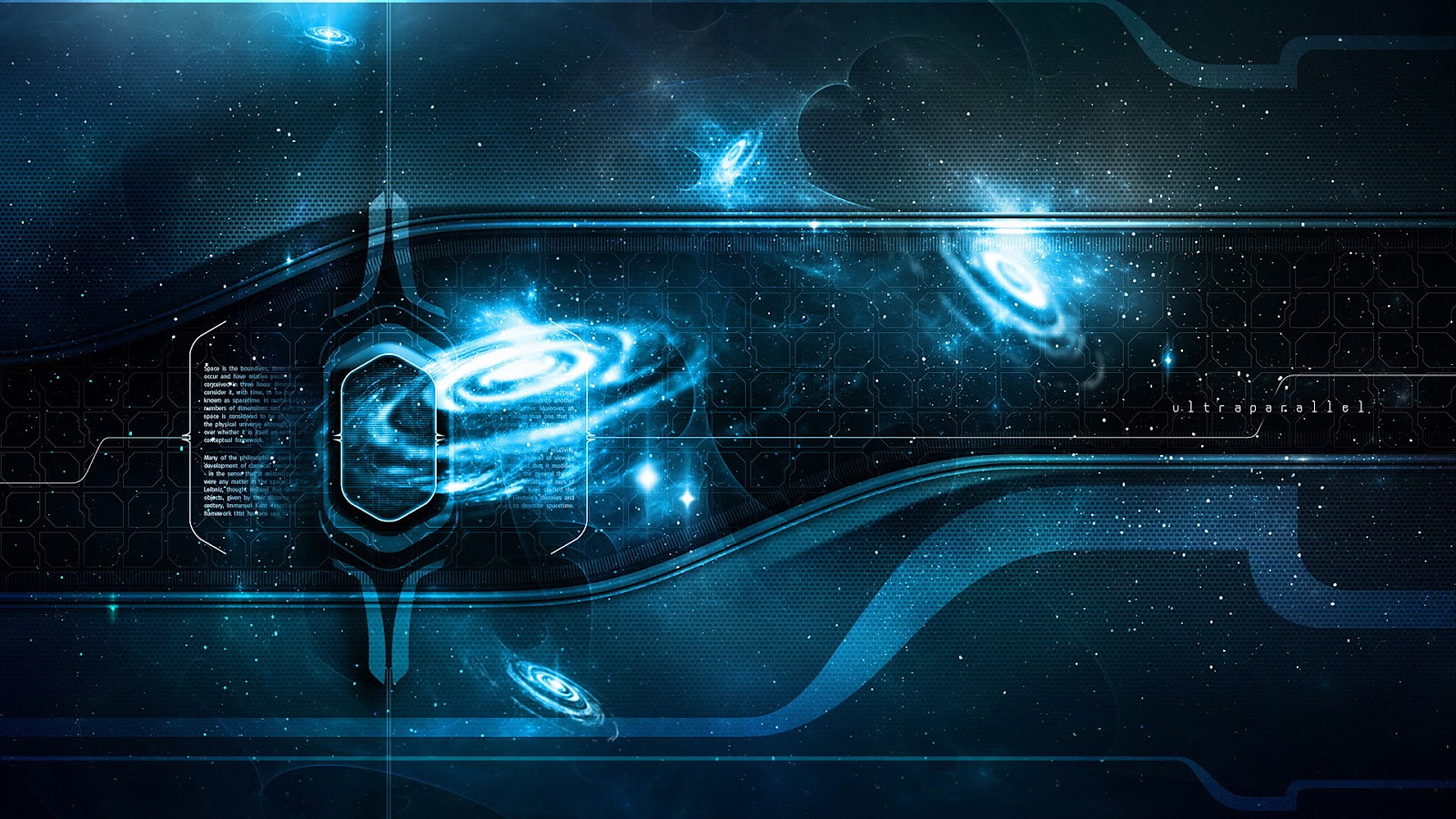Ever since jeweler Louis-Francois Cartier opened his first workshop in Paris in 1847, the name “Cartier” has been synonymous with exceptional quality. Almost two centuries later, the luxury Maison has popularized wristwatches for men, been dubbed the “jeweler of kings and king of jewelers” by King Edward VII, and continues to design, manufacture, and sell jewelry and watchmaking creations globally renowned for timeless design.
While Maison Cartier prides itself on the vastness of its collection, manually browsing its catalog to find specific models, or comparing several models at once, could sometimes take quite some time for a sales associate at one of the Maison’s 265 boutiques. This was not ideal for a brand that is known for its swift and efficient client service. Thus, in 2020, Cartier turned to Google Cloud and its advanced AI and machine learning capabilities for a solution.
Thomas Meyer, Data Officer at Cartier: “We aim to build a global data & digital platform for our Maison, providing our teams with at scale analytics, versatile applications and artificial intelligence capabilities. Google Cloud is to be the core component of this data & digital platform.”
No time to spare: Overcoming product search challenges with AI
Cartier‘s goal was to develop an application which, when shown an image of any Cartier watch ever designed in its 174-year history, could retrieve detailed information about its specific model and suggest similar-looking watches (with possibly different characteristics such as price) in under two seconds. Using the app, sales associates would be able to find specific products swiftly within a catalogue of more than a thousand watches–even some with only very slight variations between them.
But creating this app meant Cartier’s data team had to overcome some unique challenges. Training machine learning models requires huge volumes of training data–in this case, images of Cartier wristwatches–but Cartier has always been driven by exclusive design and its prestigious collections had very few in-store product images available, with variations in backgrounds, lighting, quality, and styling, making it difficult to categorize images. As a result, Cartier had to find a way to develop an image recognition system that was performing above the required benchmarks, as the Maison has very high standards for its client service. For the app to be successfully adopted in its stores, Cartier required at least a 90% accuracy rate, with the entire pipeline running within five seconds end-to-end when integrated.
That’s when, leveraging their existing partnership with Google Cloud, Cartier’s data team reached out to us for support looking for more advanced machine learning capabilities to bring their vision to life.
Move beyond customer experience
Working together with Cartier’s data team, we were able to help them solve their data and visual search challenge through trying out a number of machine learning experiments with Google Cloud AI Platform services, such as AutoML Vision, and Vision API, before rewriting custom code. In the end we built a data model specifically designed for Cartier’s use case: a combination of classifiers that run in parallel that first recognize a watch’s colors and materials, and then identifies which watch collection it belongs to. In the end, it provides a top three list of possible identities (visually similar watches) for the image, which users can click on to get more information, with up to 96.5% accuracy within three seconds.






